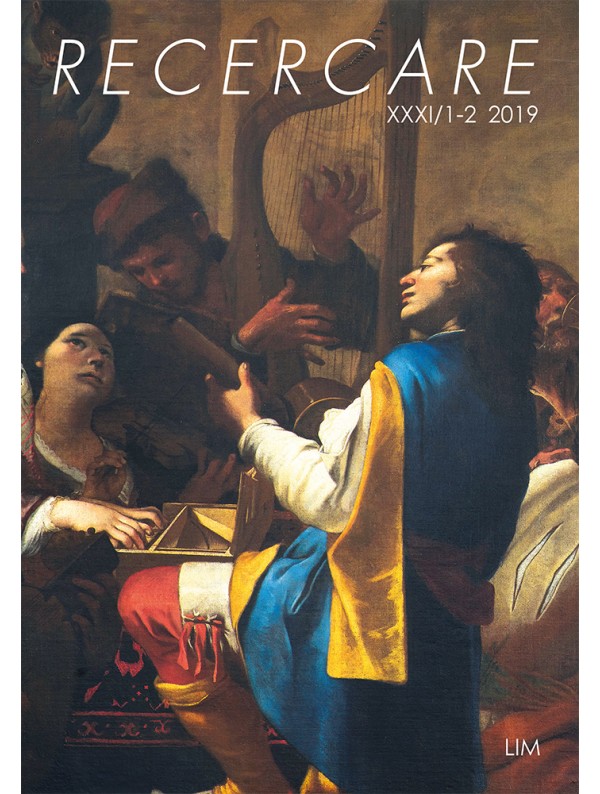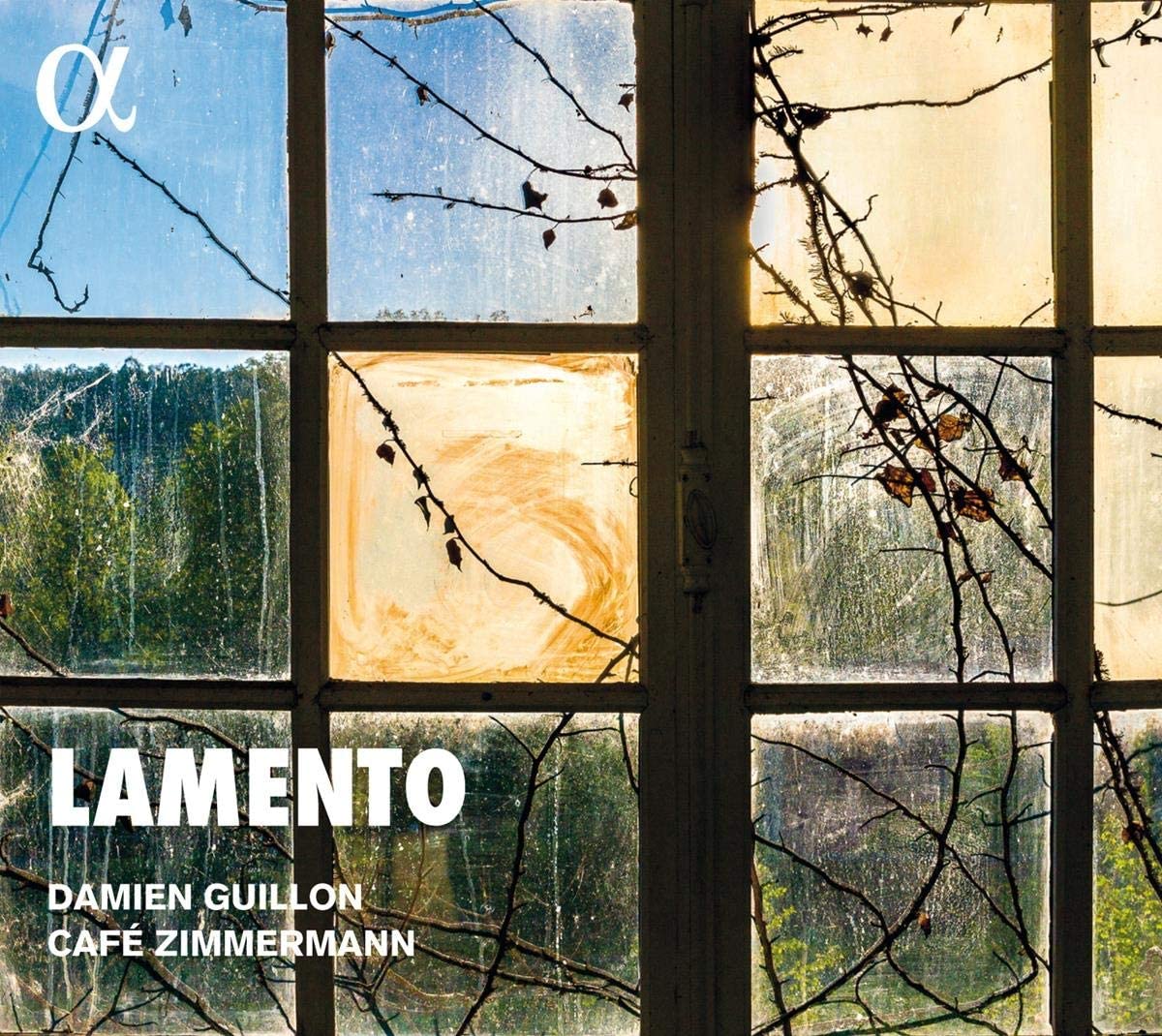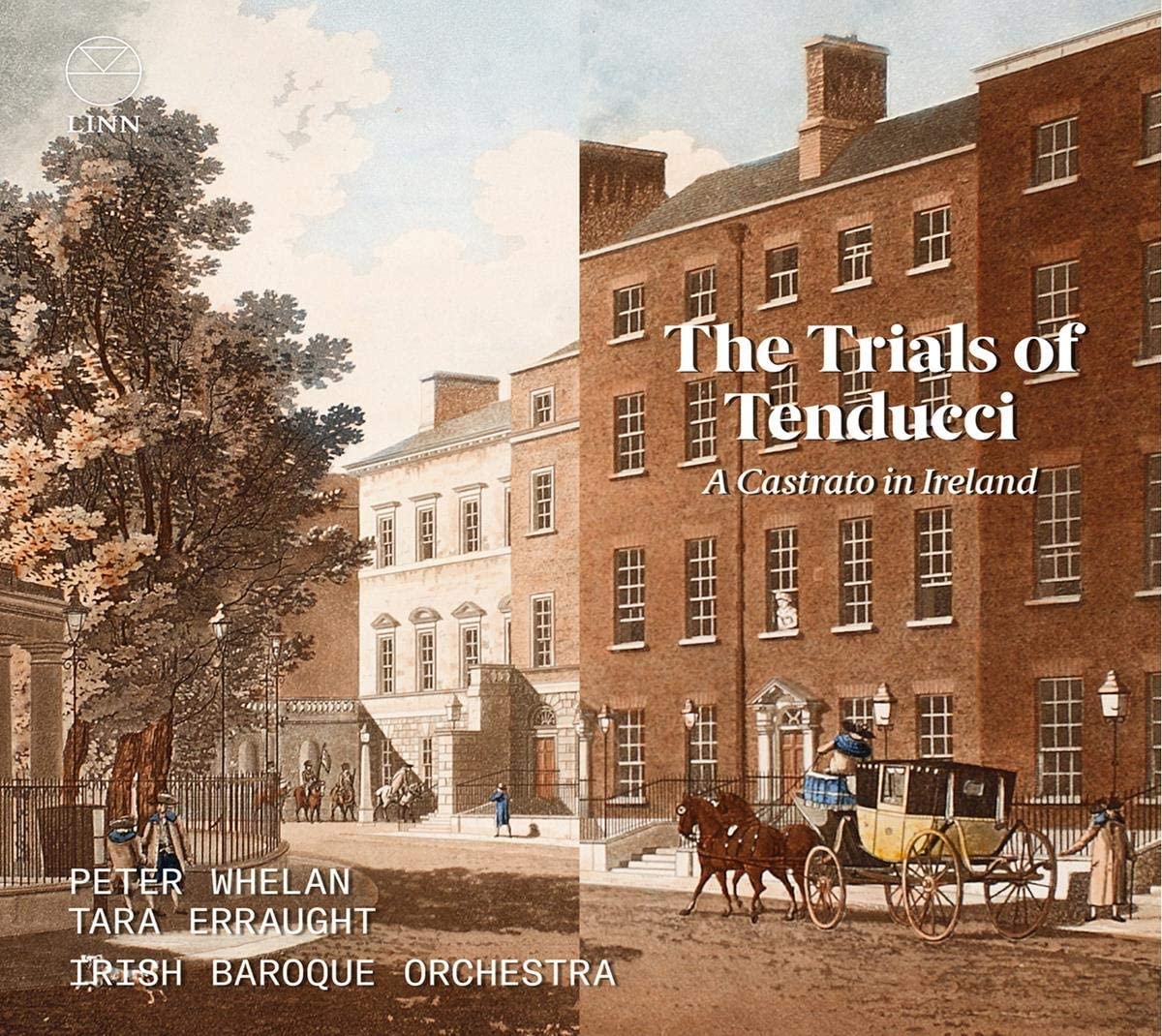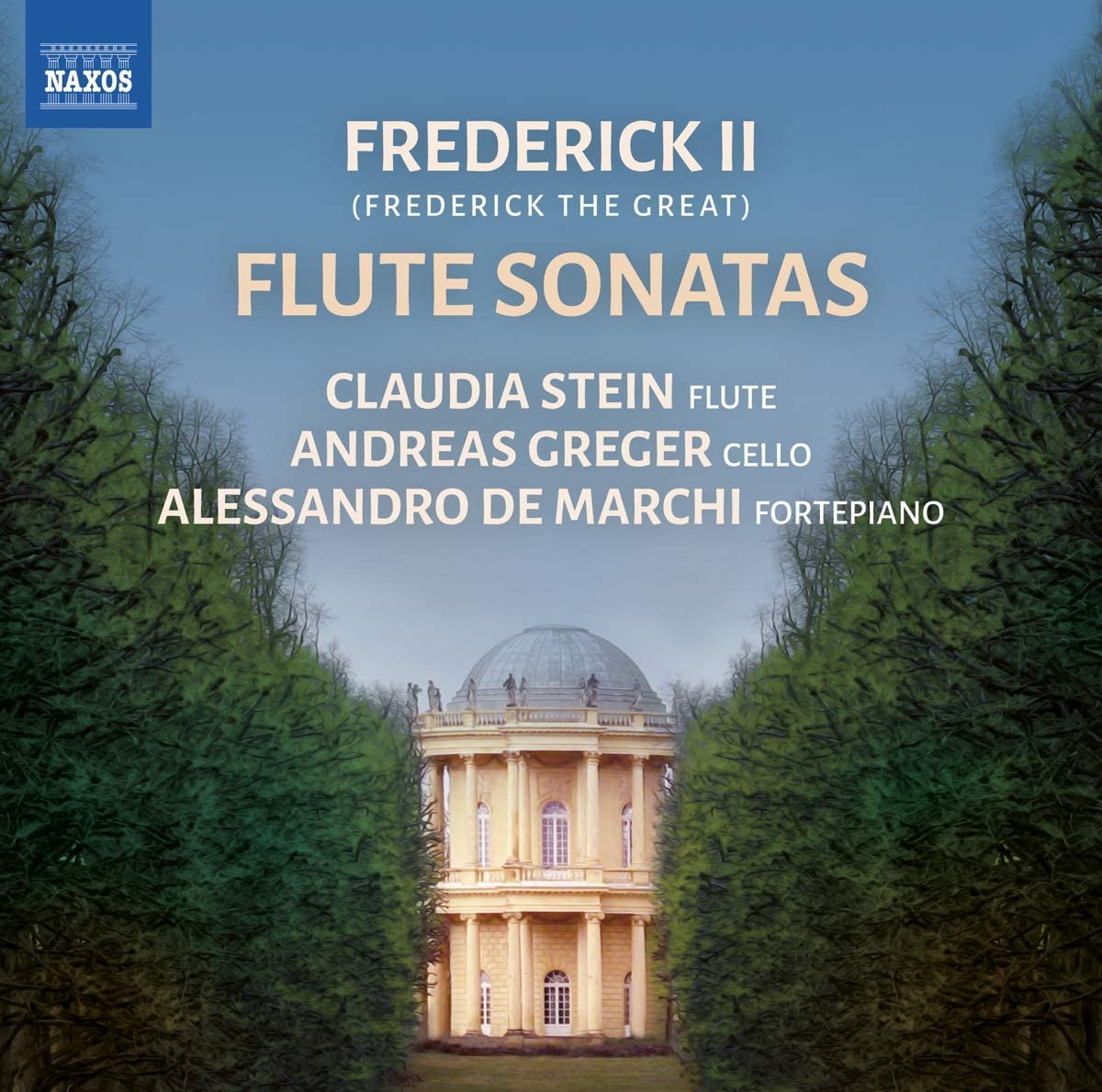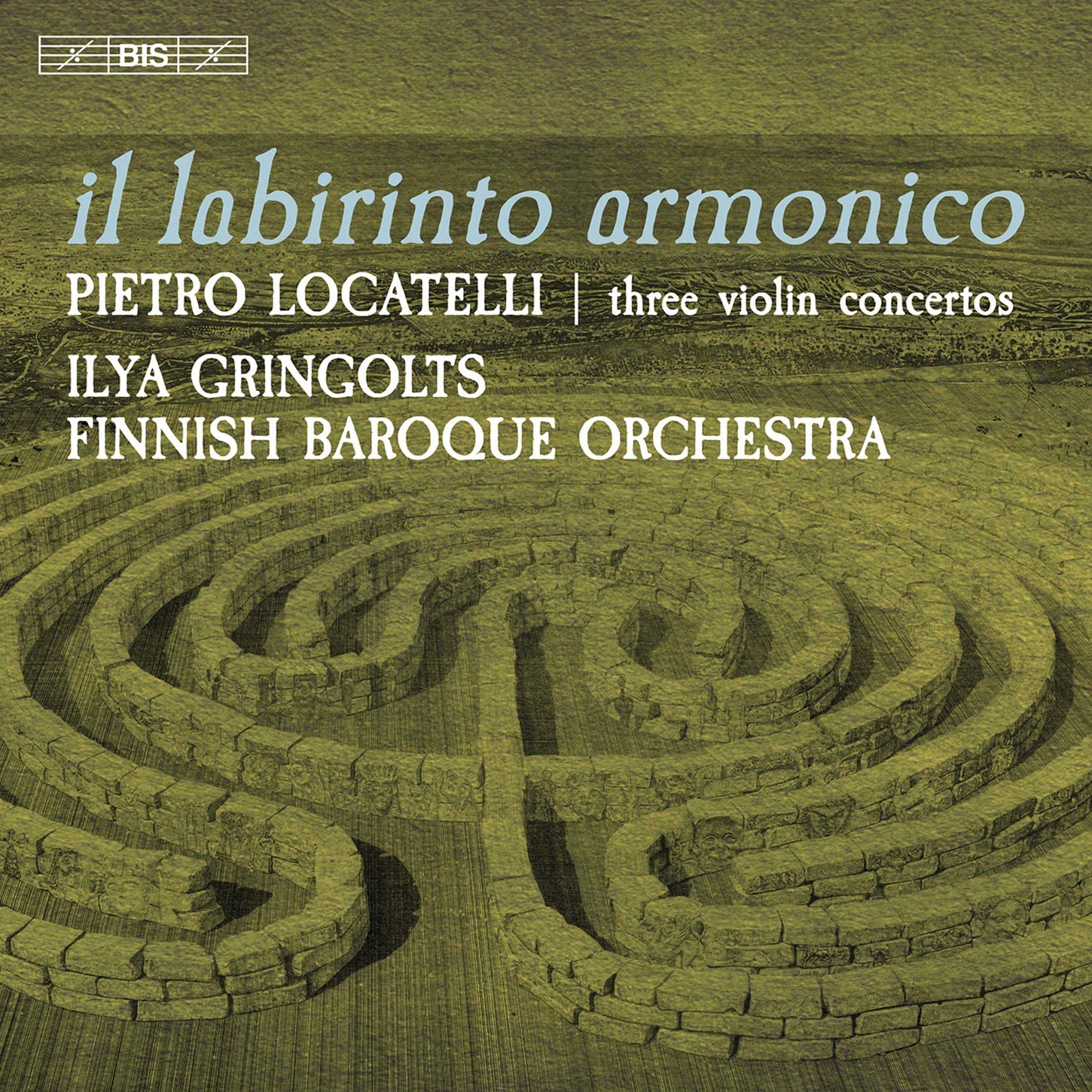Journal for the study and practice of early music
Arnaldo Morelli
LIM Editrice [2019] 230 pp, €30 ISBN 978-88-5543031-9
Click HERE to buy this volume at the publisher’s website
The 2019 RECERCARE contains three studies in English and three in Italian plus a detailed, illustrated “Communication” by Giacomo Silvestri on his discovery of a surviving 18th-century recorder, Un nuovo flauto diritto contralto di Castel a Perugia, now in Perugia’s Museo Diffuso di Strumenti Musicali. As always the summaries are in both languages and quite informative on their own. Recercare means ‘to investigate’, and its articles always have a cultural or geographic connection to Italy or Italians or Italian culture outside of Italy. Paris figures in two studies, Venice and Rome in several others, and they are ordered chronologically.
Memory of the past and perception of sound in the Renaissance: the Aristotelian perspective by Stefano Lorenzetti addresses the specific Humanistic perception of music and the dual roles of theory and practice in what the theorists, composers and musicians of the Renaissance were actively concerned within writing, composing and playing. They positioned themselves as followers of those whose influence they acknowledged, but often their dialectical concepts about the ‘new’ versus the ‘old’ had limitations. Musical texts are not music until performed and heard, and subjective performances are lost, lasting only briefly in memory. Lorenzetti interestingly distinguishes (using Latin as theorists of the Renaissance usually did) between what we think of as an opus by an author (a composition or text), and what Aristotle meant by the labour, or work, the activity of producing and performing a work. Subjectivity injected human qualities (at times inspired by historical and religious movements) to the performance of music by techniques that were themselves inculcated by memory. Lorenzetti sees the Aristotelian perspective – a potential activity and its realised product – inherent in treatises of the 16th century. Ganassi, in 1535, had explicitly juxtaposed two abstract terms in his chapter Declaration of the ‘effects’ caused by diminished ‘acts’. And in 1596 Zacconi stressed the art of diminution as a means of renewal of written music.
Examples show Aristotle’s underlying concepts echoed in Zacconi, the most interesting competition in 1555 between Andrea Festa and Benedetto Spinone, each challenged to add a sixth voice to a madrigal by Adrian Willaert and one by Cipriano De Rore, composed in Willaert’s revered style. Willaert himself, reluctantly, was persuaded to be the judge, receiving the submitted parts sent to Venice from Genoa. Rather than just scrutinizing the two radical rewritings of each madrigal, he had them performed by his singers at St Mark’s. His judgements were thus based on fleeting executions – newly performed ‘repetitions’, of madrigals the singers might have already known.
Lorenzetti’s writing is fine, but the study’s title, alluding to three mental functions, makes it more difficult to follow! A simpler one might be ‘The Humanistic Perception of Music and its Roots in Aristotle’. He gives the Italian or Latin wording of citations he translates: readers should look at these in every case. For example, translating Zacconi’s materie as ‘subjects’ might misleadingly suggest contrapuntal themes, whereas here the theorist must have meant poetic ‘subject matters’. And ‘… popular singers … expected nothing more than pure & simple modulatione’ does not refer to changes of key, mode or pitch names (here), but rather to intonation or melody itself. Instead of using the cognate ‘modulation’, perhaps ‘melody’ would do? Cognates are deceptive traps, best left in italics, as Lorenzetti does in the case of accento, which here means any sort of ornament, and often (e.g. in Diruta) a specific one.
We are again in Venice in Marco Di Pasquale’s Silvestro Ganassi: a documented biography, again at the time of his contemporary, Adrian Willaert. RECERCARE always excels in presenting detailed biographical articles on figures about whom little is yet known. This very detailed account, if sometimes fragmentary or circumstantial, is beautifully illustrated (paintings, prints and portraits such as the 1577 fire at the Doge’s palace; a map by G. A. Magini of the territory of Bergamo; other historical events and figures; a procession of trombe, piffari, tubae et barbiton on Palm Sunday by M. Pagano and another by G. Franco), and is followed by 25 pages of 50 transcribed documents.
Perhaps this biographical study was translated into English for the sake of non-Italians who could never hope to locate so many unpublished documents; and additionally because the treatises of Ganassi (?1492 – after 1571) on recorder playing (La Fontegara, 1535), the viola da gamba (Regola Rubertina, 1542) and the violone (Lettione Seconda, 1543) are of such great interest to players. Here these works are discussed only in relation to their printing, publication, dedications, and commercial longevity.
Silvestro, his father, two of his three brothers and one of his sons were musicians (two, as was common in Venice, working also as barbers). At least four of them were among the six prestigious pifferi del doge [the duke’s private pipers, trumpeters and trombonists, founded in 1458], who accompanied ceremonial events and played for an hour daily from a balcony of the ducal palace in St Mark’s Square. Silvestro was appointed piffero in 1517 and was still an active player there in 1566. He was also a lutenist, a gamba player and a teacher of professional musicians. His son Giovanni Battista was also a virtuoso cornettist, and the family performed for aristocrats as a private free-lance ensemble. Much of the study shows how free Venetian musicians were to play in various venues, such as the Scuole, St Mark’s and palaces. An open question (among many) is whether Silvestro played with Willaert. Fires, upheavals (and floods?) destroyed many of the historical archives over the centuries, so we will probably never know.
In Pietro Aretino’s bantering Dialogo of 1543 Silvestro Ganassi is addressed with friendly sarcasm as a ‘musician, painter and philosopher’. Di Pasquale cites other references to his serious interest in painting, possibly earning him admiration for his portraits. Numerous links to other figures in cultural circles are discussed as likely or possible, but so far without hard evidence. The study is a perfect example of RECERCARE’s function: pointing out new directions for further research.
Paolo Alberto Rismondo’s article Antonio Grimani ‘musico galileiano’ tra Venezia e Roma also provides scattered facts, references and hypotheses about the life and activity of an esteemed castrato (? -1665) who took his surname from the noble Grimani family who raised him and whom he first served. The study connects him significantly to Galileo because he later served a highly respected liberal Florentine prelate and poet, Giovanni Ciampoli (1589-1643), travelling with him and singing at his gatherings in Venice and in Rome, which were frequented also by Galileo. There are letters to Galileo in 1630 specifically inviting him to some of these in order to hear Grimani. Up to 1632, Ciampoli enjoyed the favour of Pope Urban VIII (Maffeo Barberini) and Antonio thus became active in Roman clerical circles. He also sang in Parma under Monteverdi in 1628, in the Marches after Ciampoli fell into disfavour with Urban and became governor there, and in Venice at St Mark’s from January 1617 (‘cantor soprano eunuco’) to at least 1637, and at the Scuola Grande di San Rocco.
Grimani began his career performing chamber cantatas for the nobility but continued it in the opera theatre, to which his voice was less suited. He sang: the title female role in Giovanni Felice Sances’ lost opera-tourney La Ermiona, performed in Padua (1636) in a place suitable for the processions and stylized battles with horses and armaments; the principal role of Clizio in Benedetto Ferrari’s Pastor regio (1641); and that of the old nurse Delfa in Francesco Cavalli’s Giasone (1649). There is a note – possibly by Barbara Strozzi herself – about Grimani singing in praise of her for the Accademia degli Unisoni. His life was an extremely lucky one if indeed he was the orphan of Turkish parents: he benefitted from the care, education, contacts and inheritance of the important Grimani family, with its widespread cultural and clerical connections.
Michael Klaper’s article An Italian in Paris: Giovanni Bentivoglio (1611-1694) and a neglected source for seventeenth-century Italian cantata poetry is about a 790-page manuscript of 1050 poetic works, begun in Rome in the late 1630s, mainly written in France from the early 1640s to the late 1680s, and now no.19277 in the Biblioteca Nacional in Madrid. Two-thirds of these works were for musical settings (sonnets, cantatas, madrigals, canzonettas and serenatas), making this source unique. A copyist entered the poems up to 1670. The remainder are in the hand of the poet, the Abbey Giovanni Bentivoglio. Born in Ferrara, he worked in Rome in the 1630s, and lived in France from the early 1640s to the later 1680s. The Italian composers for whom he wrote also went to France in the 1640s. Together they responded to the demand for Italian music in the court of Jules Mazarin, and then Louis XIV’s, and for public occasions from 1643 to 1715. Klaper’s table of 62 cantata texts shows the number of works for which an actual musical setting and possible dates of composition are known, and whether the text was written in Italy or in France. There are: 1 by Marc-Antoine Charpentier (1643-1704); 8 by Teobaldo di Gatti (1650-1727); 26 by Marco [dell’Arpa] Marazzoli (ca. 1602 – 1662); 1 by Atto Melani (1626-1714); 1 by Francesco Petrobelli (1618-1695); 13 by Luigi Rossi (1598-1653); and 12 are anonymous.
The second part of the study describes the works for Marco Marazzoli, identified by concordance with Chigi manuscripts, and possibly for a Roman soprano in Paris. Five cantatas were for ceremonies, meetings, or publicly celebrated occasions. It is assumed that many of the texts for these were set by other composers – the music and the concordance lost. Bentivoglio’s poetry might have been set by Cavalli in 1660-1662 or by Lully. Thanks to manuscript 19277 we know that 7 of Gatti’s 12 Airs italiens, published in 1696, are set to poems of Bentivoglio. It is probable that the poet and Gatti had direct contact, but nothing excludes the possibility that Bentivoglio’s poems were set to music by others and later borrowed by the composers of the concordances we now know.
Klaper also gives a telling example of lyrics not properly allotted to the right voice in a musical setting, compared to the text as written or corrected by the poet. The author’s version improves the structure and meaning of a dialogue between an Amante and his Amata. In this case, a correction to the music can easily be implemented, since the Lover and his Beloved are both sopranos: the notes themselves are fine, and can easily be sung by the right singer!
Alessio Ruffatti’s study ‘Un libro dorato pieno di ariette’: produzione e circolazione di manoscritti musicali tra Roma, Parigi e Venezia nel Seicento also treats Italian vocal music exported to Paris, illustrating particular investigative challenges and opportunities. He describes some general characteristics of manuscript sources of 17th-century Roman cantatas, how historical conclusions can be deduced from them, and he concentrates more on one exceptional source. This fascinating study shows how potentially useful the analytical techniques of musical palaeography and philology are, and the ‘golden book full of airs’ itself is of great interest. By coincidence – and before seeing Recercare XXXI – I had downloaded from IMSLP the first half of the large ‘golden’ Roman manuscript of cantatas (F-Pn, Rés Vm7. 59-101) in order to accompany two of its 47 cantatas. I thought immediately about the ambiguous accidentals and continuo figures, but not at all about its physical characteristics! Ruffatti’s analysis of such evidence, as applied to Roman vocal sources of this period, uncovers their makers, purpose, chronology, sponsors, and reception. He is a musicologist, a professor of music history, a singer, and an authority on this repertoire and on Luigi Rossi in particular.
Now in the Bibliothèque Nationale in Paris (F-Pn Rés Vm7 59-101 and 102-150), these cantatas were bound and probably sent to Richelieu in Paris in 1641. They attest to a very early demand for ‘contemporary’ Italian Roman vocal chamber music, especially laments modelled after Monteverdi’s influential Lamento di Arianna (Ariadne), an aria from his otherwise lost opera (1608), later published by the composer as a madrigal (1614), as a monody (1623), and in Latin as a lament of the Madonna (1641). One of the two extant manuscript copies of the monody, now in the British Library, is in fact in Luigi Rossi’s hand1. It cannot be over-estimated how it inspired a taste for dramatic ‘airs’ and cantatas in Italy and quickly thereafter in France.
The contents of such codices say a lot about the music in vogue in courts in Rome, Venice, Naples, and those of Louis XIII, Mazarin, and Louis XIV in Paris: as the demand grew, the figures who ordered manuscripts to be copied for execution abroad, and the letters and reports of ceremonial occasions yield possible dates for some copies. Physical evidence, however, is often ambiguous: the paper could have been produced and watermarked long before it was used, the ink and the handwriting, even of well-known copyists, varied over time and could have been deliberately adopted for specific jobs. The more equivocal these clues are, the more Ruffatti gleans from them: specialized professional scribes worked in teams – some notated the music, some the texts, still others the decorated initial letters. And they knew how to imitate the styles of other scribes! To produce each and every codex these processes were sequential.
The potential to uncover more clues multiply when many different sources, as in the cases described by Ruffatti, share some of the same cantata repertory, with inevitable variants in the musical and poetic texts. Philological reasoning attempts to ascertain the historical lines of transmission between sources, which then leads back to History, and musicology overlaps with musicianship in the final challenges of editing or performing from the sources.
The Appendix provides three useful tables. The first lists in alphabetical order by title the 15 cantatas shared between three sources: the first and second parts of manuscript F-Pn Rés. Vm7 59-150 (59-101 and 102-150) from before 1643; and the later manuscripts I-Rc 2505 and I-Nc 33.3.11. In only one case is the composer unknown, and 7 of the other 12 are by L. Rossi. For each cantata, Ruffatti gives the poet, the voice or voices, and the library shelf numbers. The second table lists the 18 cantatas of the Naples Conservatory source in order, of which only 5 have known composers (Carissimi, Savioni, and L. Rossi). The third lists all 47 cantatas in order of the first Rés Vm7 volume, of which 41 for solo soprano, followed by the 50 cantatas of the second, of which 48 for solo soprano. The first volume can be downloaded under Cantates italiennes de différents auteurs.
1 Monteverdi, Claudio: Lamento d’Arianna and Addendum, for soprano and b.c., a critical performing edition edited by Barbara Sachs. (London: Green Man Press, 2001)
Giacomo Silvestri’s Un nuovo flauto diritto contralto di Castel a Perugia follows the previous studies as a short technical ‘communication’. With close-up photographs and measurements, it meticulously describes an 18th-century alto recorder by [N.?] Castel, to which 5 keys were added, probably in the 19th century, possibly suggesting that the instrument was for an amateur. It was recently discovered by Silvestri and is housed in the Museo Diffuso degli Strumenti Musicali in Perugia. The communication includes his findings about this instrument maker or team of makers, and the rest of their surviving production: 18 wind instruments, including oboes and transverse flutes along with recorders.
Barbara M. Sachs
